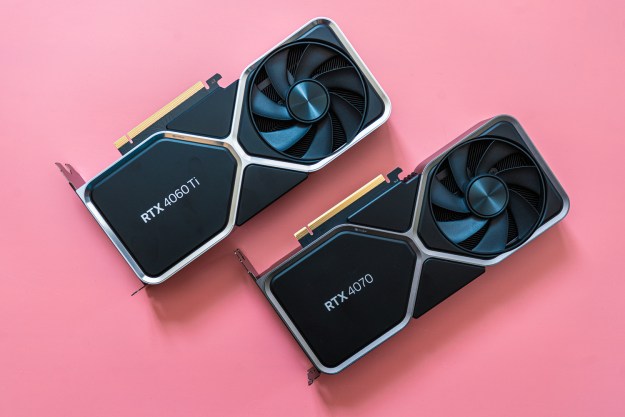Tens of thousands of indigenous Americans living on tribal reservations have been stranded without access to sufficient internet during this pandemic. But an experiment with federal subsidies in six tribal libraries and two schools in northern New Mexico has successfully brought broadband to communities that previously struggled to connect.
According to a new report from the American Library Association (ALA), six community libraries were able to band together to build out fiber broadband networks thanks to the federal E-rate discount.
E-Rate is a program through the Federal Communications Commission (FCC) whereby libraries and schools can get a big discount on internet access, among other telecom expenses. The FCC and the Universal Service Fund, which subsidizes the program, currently cap the funding at $4.15 billion per year, and funding includes money for libraries located on native reservations.
Connecting elders, students
This was not a COVID-inspired project — it actually began in 2015 as an initiative to connect students attending the Santa Fe Indian School to tribal elders who speak endangered languages, said Marijke Visser, senior policy advocate at the ALA. The school serves 19 pueblos across New Mexico and is required to teach Native American languages, including two that are endangered.
However, Visser said, one of these endangered languages has no writing system, so the only way to teach the language is orally. Without internet, this would mean routine, exhausting three-hour car trips from the pueblos to Santa Fe for the few remaining tribal elders who speak the language. The school and local communities had no way to set up an internet connection fast enough to support videoconferencing, until they came up with this plan. In 2018, the network of libraries and schools was able to lay down the fiber.
“Of course, it’s not just their language, it’s their culture,” Visser told Digital Trends. “In order to preserve their culture, they put this network into place. The library is now going to be the local gathering place for the native speakers to come and videoconference with students in Sante Fe.”
“A collective voice of tribal libraries can create a singular vision such as broadband in New Mexico in tandem across all of Indian lands,” said Cynthia Aguilar, a librarian for the Santo Domingo Pueblo, which took part in the experiment. “We in Indian Country have a right to equal broadband to express our collective voice.”
Tribal Connect Act
As the report notes, most tribal libraries are currently closed due to COVID, but many have chosen to leave their Wi-Fi networks on so that residents can connect in the parking lot. Due to the lack of stable connectivity in these communities, libraries in six pueblos between Albuquerque and Santa Fe joined forces to create two new tribal fiber broadband networks. The effort was 95% funded through the E-rate program.
The ALA said in a statement that with this solution, the communities in question now have sufficient internet speed for distance learning, videoconferencing, and telehealth, along with normal internet activities like video streaming and downloads.
“New Mexico’s rural and tribal communities face a digital divide that has worsened during the COVID-19 pandemic.” said U.S. Rep. Ben Ray Luján of New Mexico, a leader co-sponsor of the Tribal Connect Act, in a statement. “The ALA’s ‘Built by E-Rate’ report makes it clear that these investments in broadband are working across New Mexico, and that’s why I remain committed to leveraging our libraries to connect communities.”
The Tribal Connect Act is a piece of new legislation that was introduced at the beginning of September 2020. It aims to expand access to high-speed internet on tribal lands, starting with a $100 million pilot program.
A spokesperson for the ALA confirmed to Digital Trends that the Navajo nation would be conducting a similar experiment very soon.
However, this is not a blanket solution; not everyone is eligible for E-rate, and so would not be able to replicate the New Mexico model. In order to qualify, the products or services receiving the discount must be used for education purposes, and tribal libraries must be recognized through their state library. This presents sovereignty issues for the tribal libraries, most of which are part of legally recognized sovereign nations, and don’t want to have to go through the state government. The Tribal Connect Act aims to adjust this by removing barriers to eligibility for the E-rate program, and allowing tribal libraries to be recognized without going through the state.



